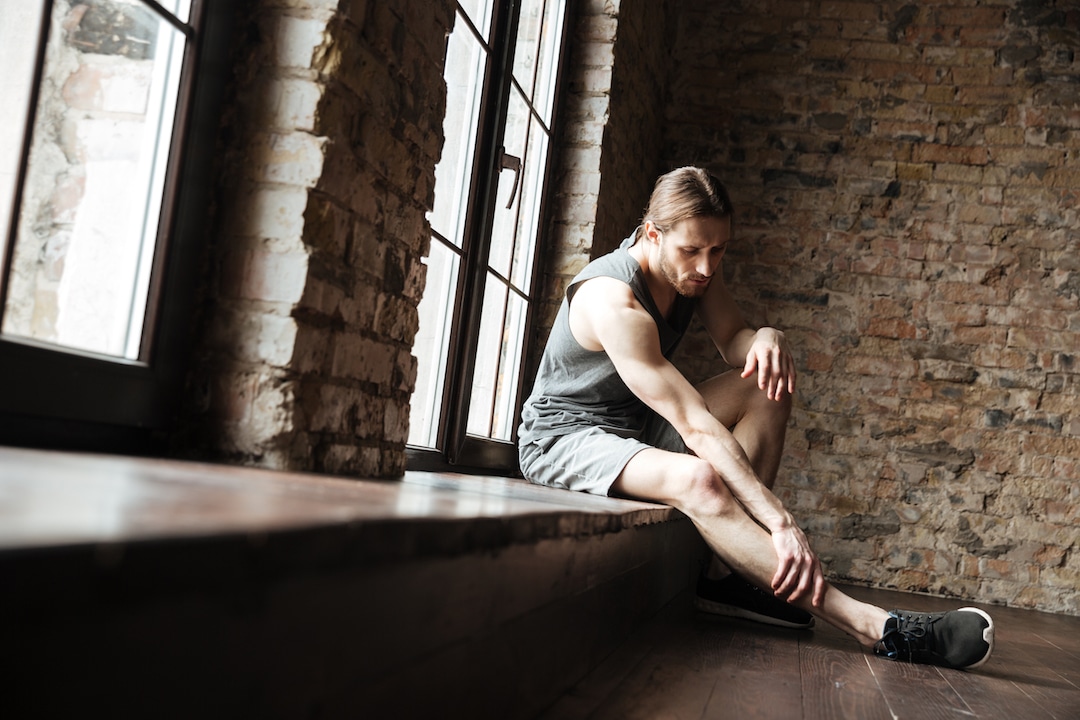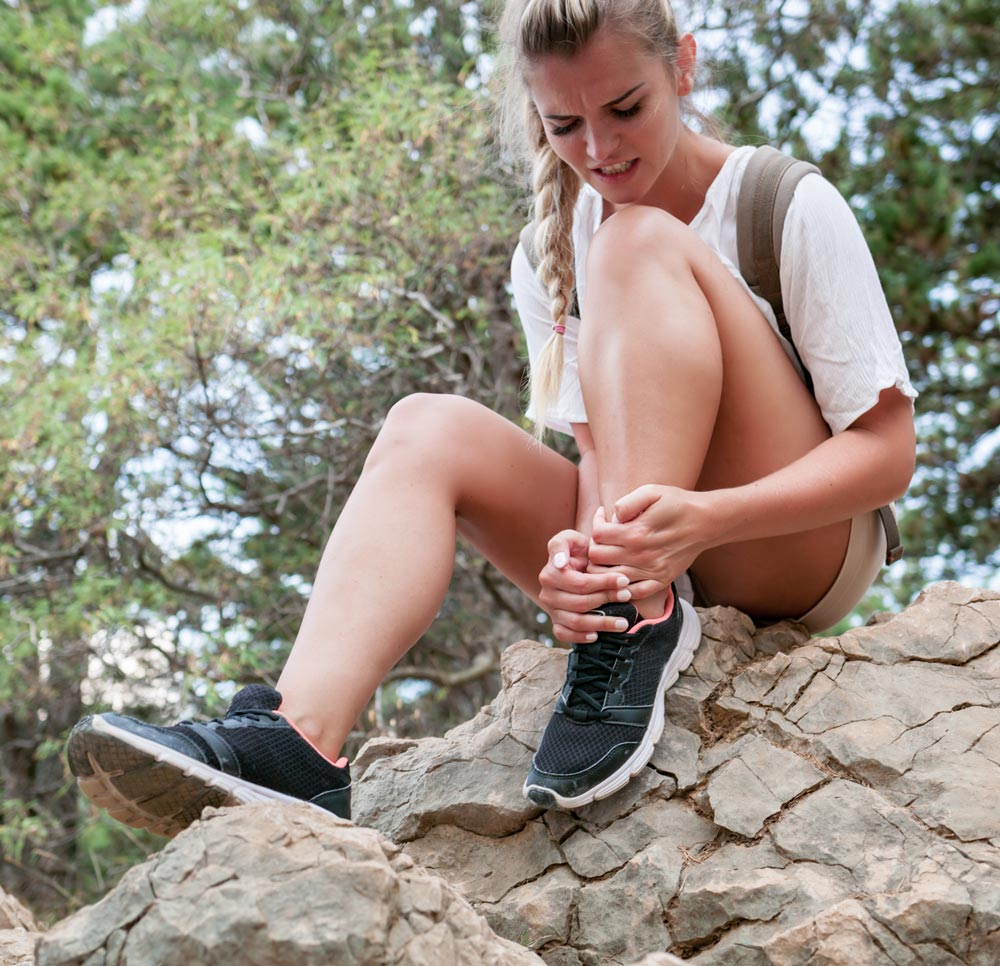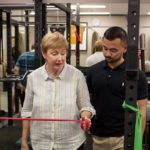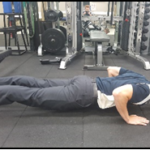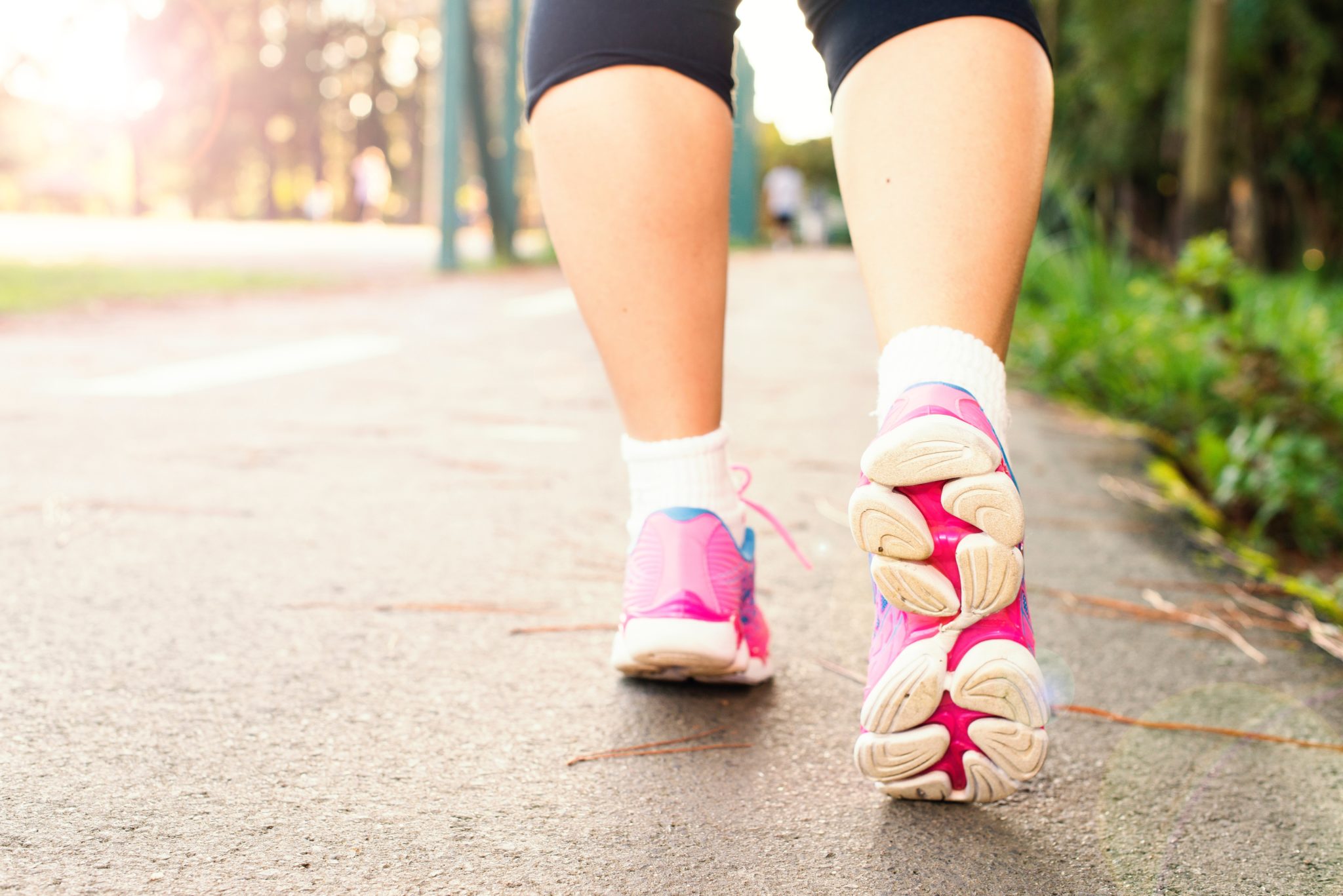
Minimalist footwear, running technique, and how physiotherapy can help – Part 2
Come see the experienced team at Pivotal Motion in North Brisbane today to help!
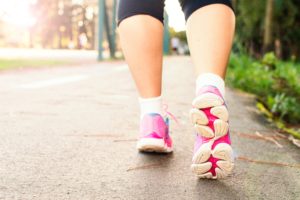 As modern communities developed, hard surfaces such as roads and footpaths became more common. To counteract this, came the invention of the modern running shoe in the 1970s.
As modern communities developed, hard surfaces such as roads and footpaths became more common. To counteract this, came the invention of the modern running shoe in the 1970s.
The modern running shoe is characterised by a thick viscoelastic midsole (cushioning) designed to compress and rebound when loaded and unloaded during running, acting like a spring. This spring function is similar to how the lower limb and foot are designed for running; absorbing harmful impact forces and returning some of this energy to aid propulsion in running.
What is minimalist running?
Minimalist running involves running in minimal footwear. This promotes a forefoot strike, rather than the heel strike running pattern commonly seen today. It requires runners to rely more on their own feet and legs to provide cushioning and stability, rather than a running shoe.
Despite the development of the modern running shoe, running injury rates have remained largely unchanged over the past 40 years (Van Middelkoop et al., 2007; van Gent et al., 2007; Taunton et al., 2002).
A recent study found the modern running shoe makes muscles in the foot and lower leg work harder to support the foot within the shoe (Kelly et al., 2016). In other words, those $160 shoes are not the magic answer to avoid injury. Similarly, changing from a modern to minimalist shoe will not magically make you a faster runner.
Before you switch to minimalist footwear, you need to develop the proper strength, range of motion, biomechanics, and conditioning. This is not something a shoe can do for you.
 Should I try minimalist running?
Should I try minimalist running?
There are risks involved with transitioning to minimalist shoes and vice versa. To safely transition to minimalist footwear, you need to ensure you have:
- Good flexibility, range of motion, and strength in the legs and feet
- Correct and safe foot strike technique
- A gradual increase in minimalist running distance
Who can help?
The qualified team at Pivotal Motion, your prime physiotherapy Brisbane clinic, who can:
- Assess running technique and mechanics
- Assess muscle strength, joint range of motion, and readiness to transition to minimalist footwear
- Provide footwear recommendations
- Provide guidelines for gradual transition and running volume changes.
To book an appointment call us on 07 3352 5116 or book an exercise physiotherapy online via the link.
References
Salzler, M. J., Kirwan, H. J., Scarborough, D. M., Walker, J. T., Guarino, A. J., & Berkson, E. M. (2016). Injuries observed in a prospective transition from traditional to minimalist footwear: correlation of high impact transient forces and lower injury severity. The Physician and Sportsmedicine, 1-7.
Taunton, J.E., Ryan, M.B., Clement, D.B., McKenzie, D.C., Lloyd-Smith, D.R., & Zumbo, B.D. (2002). A retrospective case–control analysis of 2002 running injuries. British Journal of Sports Medicine: 36, 95–101.
van Gent, R.N., Siem, D., Van Middelkoop, M., van Os, A.G., Bierma- Zeinstra, S.M.A., Koes, B.W., & Taunton, J.E. (2007). Incidence and determinants of lower extremity running injuries in long distance runners: a systematic review. British Journal of Sports Medicine: 41, 469–480.
van Middelkoop, M., Kolkman, J., Van Ochten, J., Bierma-Zeinstra, S.M.A., & Koes, B. (2007). Prevalence and incidence of lower extremity injuries in male marathon runners. Scandanavian Journal of Medicine and Science in Sports: 8, 140–144.

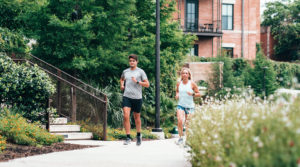 Should I try minimalist running?
Should I try minimalist running?